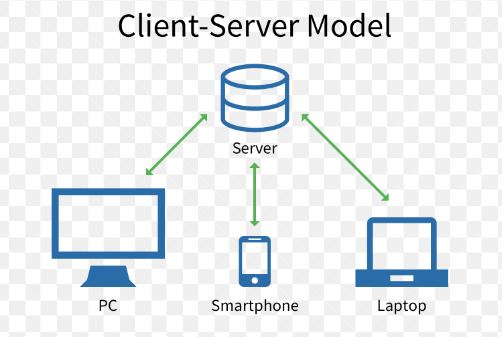
Ethereum Node Health Checks: Monitoring Node Status
Ethereum has brought the globe by storm for an revolutionary blockchain platform that allows builders to develop decentralized software (dApps) and implement wise commitments. However, to totally influence the huge potential of Ethereum, one needs to be aware of the intricacies of node operation. In this complete information, we will walk you through everything you should learn about understanding Ethereum node functioning.
Comprehending Ethereum Nodes:
Nodes are essential elements in a ethreum node group while they enable purchases to be verified and refined within a decentralized trend. A node can be defined as a client application that works an Ethereum complete node, which retailers the whole blockchain express, processes purchases and propagates blocks to many other nodes inside the community.
Putting Together an Ethereum Node:
To put together an Ethereum node, you need to set up the relevant application like Geth or Parity, which are well-liked Ethereum client implementations. After the installation of your client computer software, you have to hook up to an Ethereum network through the order collection or via a graphical ui. It is important to be sure that your node’s application version is up-to-date in order to avoid any vulnerabilities or pests.
Handling Your Ethereum Node:
Handling your Ethereum node needs that you know how to optimize its overall performance, keep an eye on its overall health, whilst keeping it protected. To optimize the functionality of your own node, it is possible to change the gasoline value, which establishes how fast a purchase can be refined. You also need to monitor the memory consumption and storing potential of your node periodically to ensure it goes effortlessly. To help keep your node protected, you should always use powerful passwords, prevent operating your node as the underlying consumer, and also keep your software up-to-date.
Syncing Your Ethereum Node:
To maintain your Ethereum node updated, it is recommended to sync it using the latest chain upgrades, which may be attained through different techniques like syncing through gentle clientele, syncing through archives or syncing through peers. In case your node drops behind in syncing, it can lead to lowered functionality, and you might neglect new obstruct transactions included in the chain. Consequently, it is critical and also hardwearing . node in sync on a regular basis.
Problem solving Ethereum Node Problems:
Regardless of your best initiatives to preserve your Ethereum node, problems may develop, which can make it failure or fall short. Several of the popular concerns that could come up include connectivity issues, application pests, configurations problems, or equipment failing. To troubleshoot these complaints, you can examine the logs files, identify the group, or find aid from the Ethereum neighborhood or assist team.
short:
Understanding Ethereum node operation is an important skill that any crypto lover or creator ought to have. Together with the increasing rise in popularity of Ethereum, learning how to setup, control, sync, and troubleshoot your Ethereum node is essential to maximize the possibility of the system. Following the tips and guidelines we’ve discussed in your extensive guide, it is possible to consider your Ethereum node operation capabilities to another level and become confident in contributing to the Ethereum group.



